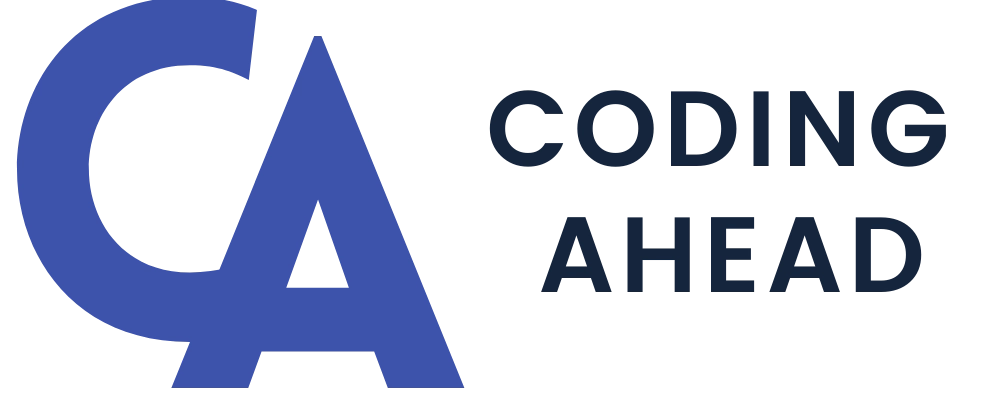How To Use CPT Code 61543
CPT 61543 describes a specific procedure known as craniotomy with elevation of bone flap for partial or subtotal (functional) hemispherectomy. This article will provide an overview of the code, including its official description, the procedure itself, qualifying circumstances, appropriate usage, documentation requirements, billing guidelines, historical information, and examples of when CPT 61543 may be used.
1. What is CPT Code 61543?
CPT 61543 is a code that represents a surgical procedure called craniotomy with elevation of bone flap for partial or subtotal (functional) hemispherectomy. This procedure involves the removal of a portion or the entire affected cerebral hemisphere by elevating a section of the skull bone.
2. Official Description
The official description of CPT code 61543 is: ‘Craniotomy with elevation of bone flap; for partial or subtotal (functional) hemispherectomy.’
3. Procedure
- The surgeon begins by making an incision in the scalp and creating burr holes to access the skull bone.
- Next, the surgeon elevates a portion of the skull bone to gain access to the affected cerebral hemisphere.
- The surgeon then partially or completely removes the affected cerebral hemisphere.
- If necessary, the surgeon may drain any excess fluid or blood using a drain.
- The layers of tissue are then sutured together, and the bone flap is reattached using plates, wires, or sutures.
- Finally, the wound is covered with a sterile dressing.
4. Qualifying circumstances
CPT 61543 is used for patients who require a partial or subtotal (functional) hemispherectomy. This procedure is typically performed on individuals with specific neurological conditions that necessitate the removal of a portion or the entire affected cerebral hemisphere. It is important to note that this procedure should only be performed by a qualified healthcare professional with the necessary expertise and training.
5. When to use CPT code 61543
CPT code 61543 should be used when a craniotomy with elevation of bone flap is performed for a partial or subtotal (functional) hemispherectomy. It is important to accurately document the procedure and ensure that it meets the specific criteria outlined in the code description.
6. Documentation requirements
To support a claim for CPT 61543, the following documentation is typically required:
- Patient’s diagnosis and the medical necessity for the procedure
- Details of the procedure performed, including the specific approach and any modifications
- Date of the procedure
- Any additional procedures or services provided during the same session
- Any complications or unexpected findings
- Signature of the performing healthcare professional
7. Billing guidelines
When billing for CPT 61543, it is important to ensure that the procedure performed aligns with the code description. Additionally, it is crucial to follow any specific billing guidelines provided by the payer or relevant coding guidelines. It is also important to review any bundling or unbundling rules that may apply to this procedure.
8. Historical information
CPT code 61543 was added to the Current Procedural Terminology system on January 1, 1990. Since its addition, there have been no updates or changes to the code.
9. Examples
- A patient with severe epilepsy undergoes a craniotomy with elevation of bone flap for a partial hemispherectomy to control their seizures.
- A child with a rare neurological disorder requires a subtotal hemispherectomy to alleviate their symptoms and improve their quality of life.
- An adult with a brain tumor undergoes a craniotomy with elevation of bone flap for a partial hemispherectomy to remove the tumor and preserve brain function.
- A patient with intractable migraines undergoes a craniotomy with elevation of bone flap for a subtotal hemispherectomy to alleviate their chronic pain.
- A teenager with a progressive neurological condition undergoes a craniotomy with elevation of bone flap for a partial hemispherectomy to slow down the progression of the disease.

